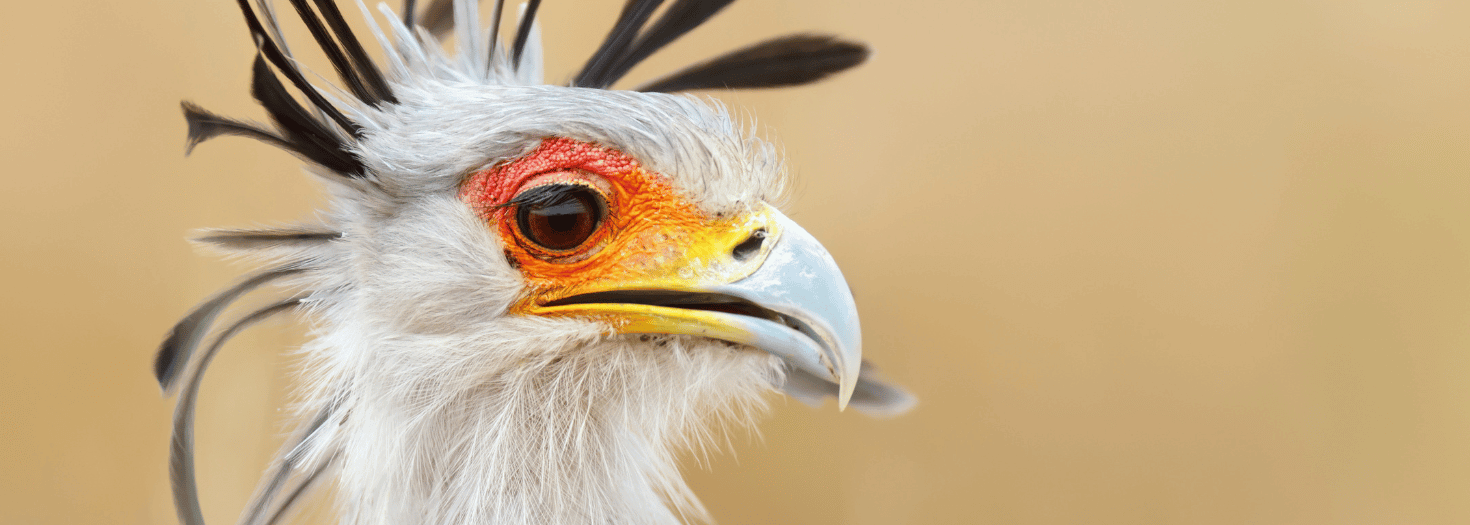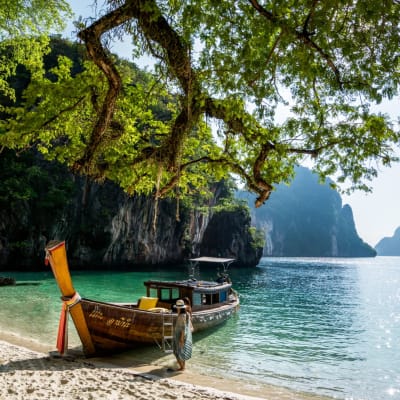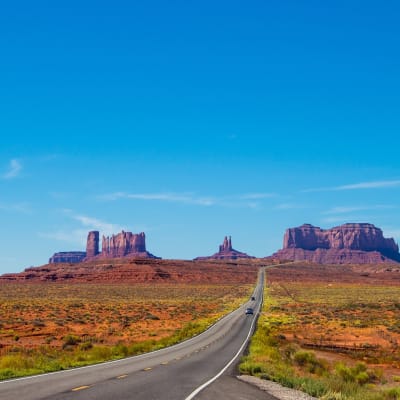The Unsung Heroes of the Great Migration
The Great Migration is one of nature’s most incredible spectacles, drawing wildlife lovers from across the globe to Africa’s sweeping plains. While wildebeest and zebras tend to steal the spotlight (understandably so, given their sheer numbers), the true magic of this event lies in the intricate web of life it sustains. The Great Migration is a complex, carefully choreographed performance where every creature, big or small, plays its part.
Beyond the thundering hooves, a quieter drama unfolds. Let’s take a moment to celebrate the unsung heroes of the migration – the often-overlooked, but equally essential, wildlife that keeps the Serengeti and Masai Mara alive and thriving, year after year.
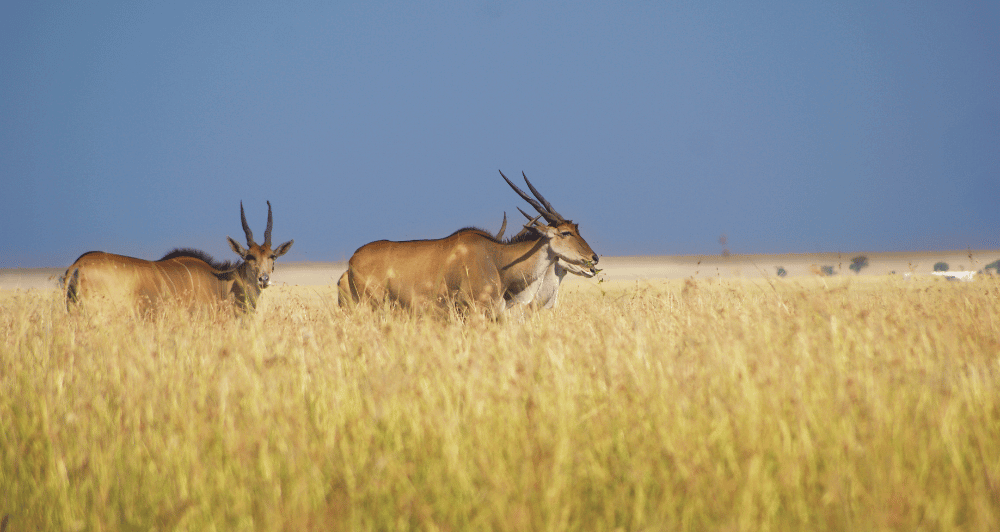
The Eland: Silent Giants
While wildebeest and zebras storm the plains, the eland - the largest of Africa’s antelopes - moves with a quiet elegance through the migration’s wake. Their sheer size should make them impossible to miss, yet they often go unnoticed as they travel in smaller and more elusive groups. Unlike their more frantic counterparts, elands take a slightly more measured approach to migration, grazing in patterns that influence the growth of grasses and helping to maintain the delicate balance of the savanna. This proves that even the most unassuming participants have a critical role to play.
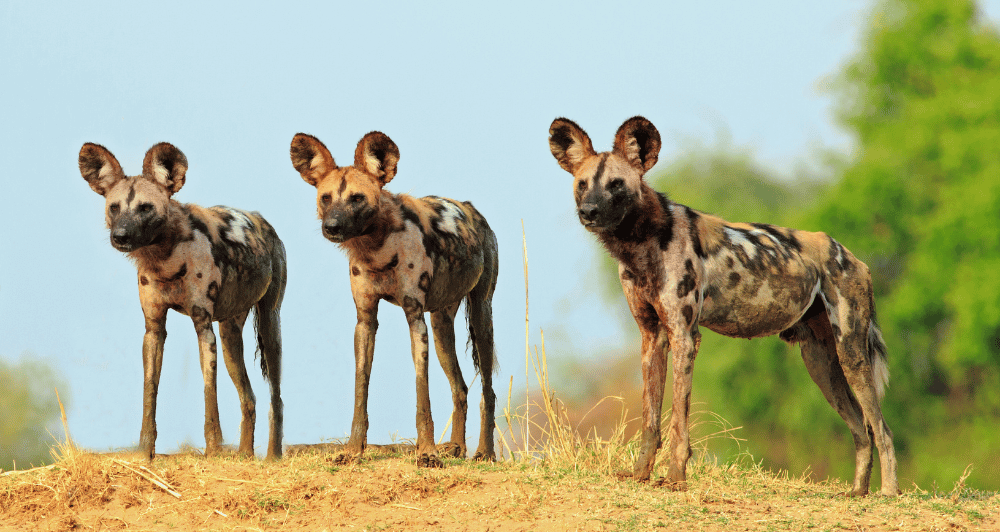
The African Wild Dog: Tactical Geniuses
Lions may be the poster predators of the Great Migration, but African wild dogs are the ultimate team players. If you’ve never seen them in action, a quick Google search will confirm they mean business. These social and highly skilled hunters work together with near-military precision, chasing prey over vast distances with remarkable endurance. Though their tactics may seem ruthless, their role is crucial for keeping species populations in check, making sure nature’s delicate balance stays intact. They might not command the same attention as the big cats, but in the grand theatre of the migration, wild dogs are the ultimate strategists.
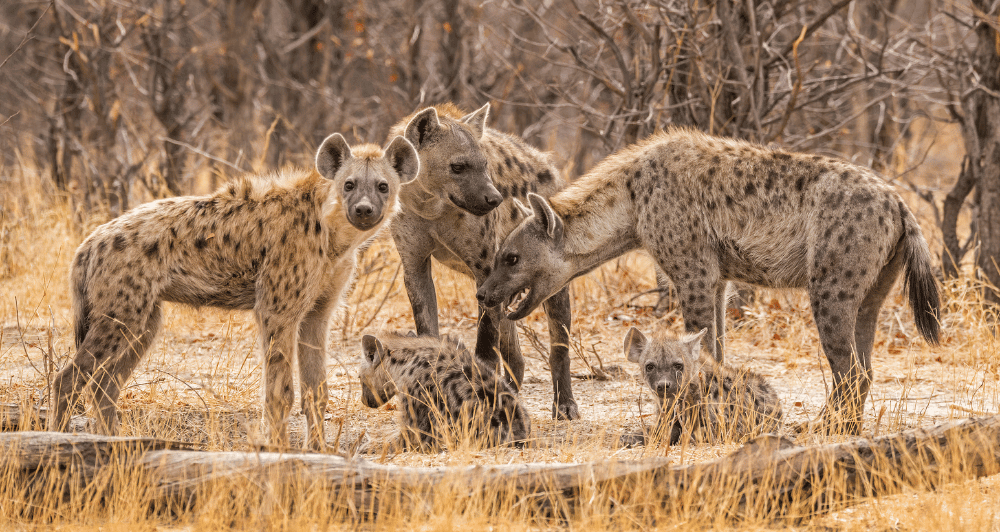
The Hyena: Nature’s Opportunist
Hyenas have long suffered from bad PR – thanks in part to Shenzi, Banzai, and Ed’s villainous roles in The Lion King. But in reality, they are some of the most intelligent and resourceful predators in the migration. While lions get a lot of credit for dramatic hunts, hyenas are the real beneficiaries of the spectacle’s bounty, thriving on both cunning strategy and sheer endurance. Their scavenging habits may seem unglamorous, but they prevent carcasses from piling up and stop the spread of disease. Think of them as nature’s clean-up crew: highly efficient, resilient, and essential to the ecosystem’s survival.
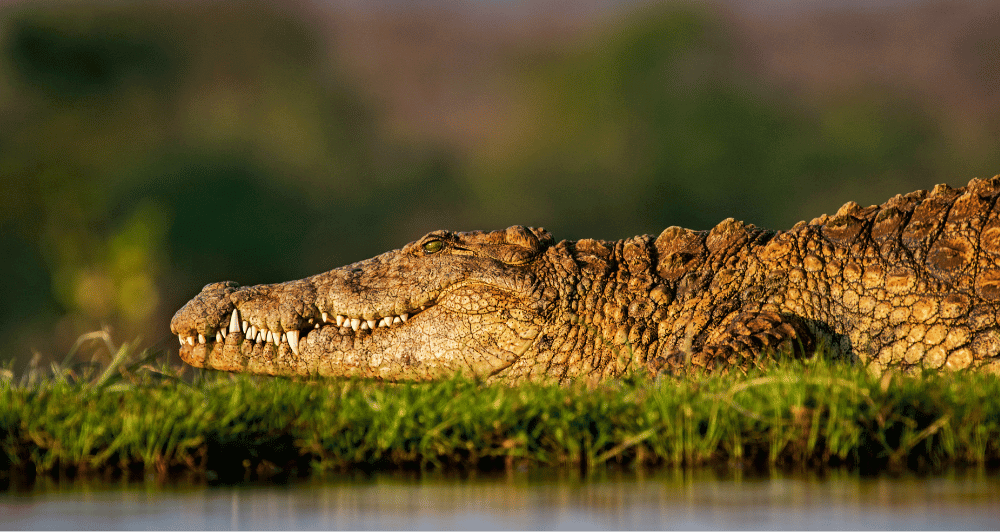
Crocodiles: Silent Sentinels
The image of wildebeest launching themselves into the Mara River is one of the most iconic moments of the migration, but the real drama happens below the surface. Beneath the muddy and murky waters, crocodiles lie in wait, motionless but alert, primed and ready to strike with an unmatched precision. They’re often overshadowed by the chaos above, a flurry of hooves and splashing waters, but these prehistoric predators are some of the most effective hunters in the migration. While their ambush tactics seem brutal, picking out the weakest and most unassuming migration participants, they serve an important purpose – thinning out the herds and ensuring that only the strongest push forward. It’s natural selection in its rawest form.

The Secretary Bird: A Feathered Predator
With its long legs and striking features, the secretary bird might look fresh from a Disney animation. But don’t be fooled, it’s a formidable predator. It may not take on the big cats, but it stalks the plains with purpose – a bird of prey that is an expert in dispatching ground-dwelling creatures, from insects and rodents to snakes. By keeping what can be deemed pest populations in check, secretary birds help maintain the delicate balance of the plains, proving that even the most unexpected creatures have an important part to play in the Great Migration.

Vultures: The Clean-Up Crew
Vultures won’t win any beauty contests. A symbol of death and decay that we have long seen stalking the young and infirmed on wildlife documentaries. But they also represent purification and renewal – something substantiated in their role in the Great Migration. When it comes to efficiency, they are unrivalled, with razor-sharp eyesight that means they can spot a meal from miles away. They swoop in to clear away the remnants of the migration, scavenging habits that prevent the spread of disease and make sure the landscape stays healthy and thriving. They might not be the most glamorous participants in the Great Migration, but their role is indispensable – because in nature, nothing goes to waste.
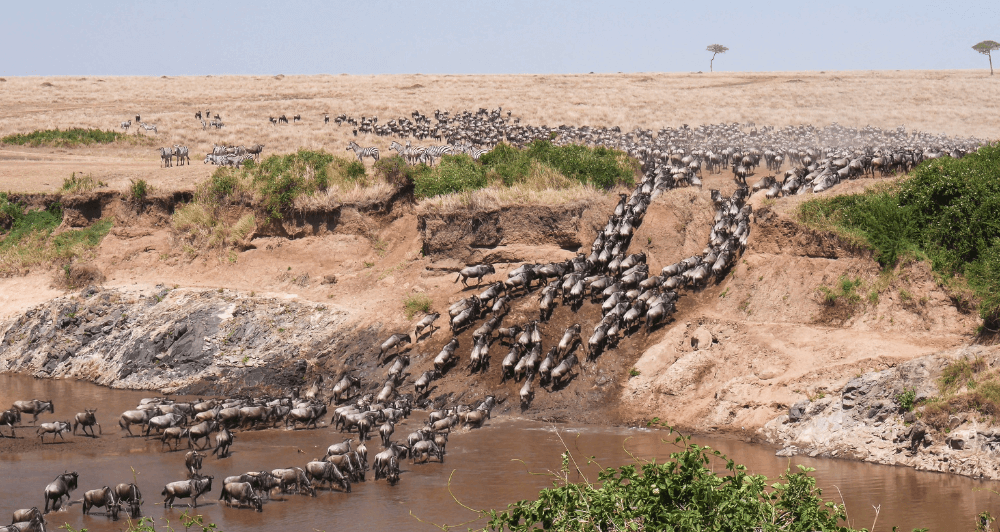
The Hidden Stars of the Great Migration
The Great Migration’s most spectacular sight are the vast herds charging across the plains, a billow of hooves and dust and chaos, but look closer and you’ll see the entire ecosystem of Kenya and Tanzania working in harmony. Every creature, from the towering eland to the stealthy crocodile, plays a role in keeping this natural wonder in motion. The big names naturally grab the headlines, but it’s the lesser-known participants that complete the picture, making sure the circle of life continues year after year.
If you’re lucky enough to witness the Great Migration firsthand, take a moment to look beyond the obvious. The real magic, as with many things, lies in the hidden details. Here, it’s the quiet, intricate dance of predators, prey, and scavengers that keeps Africa’s most famous wildlife spectacle alive.
